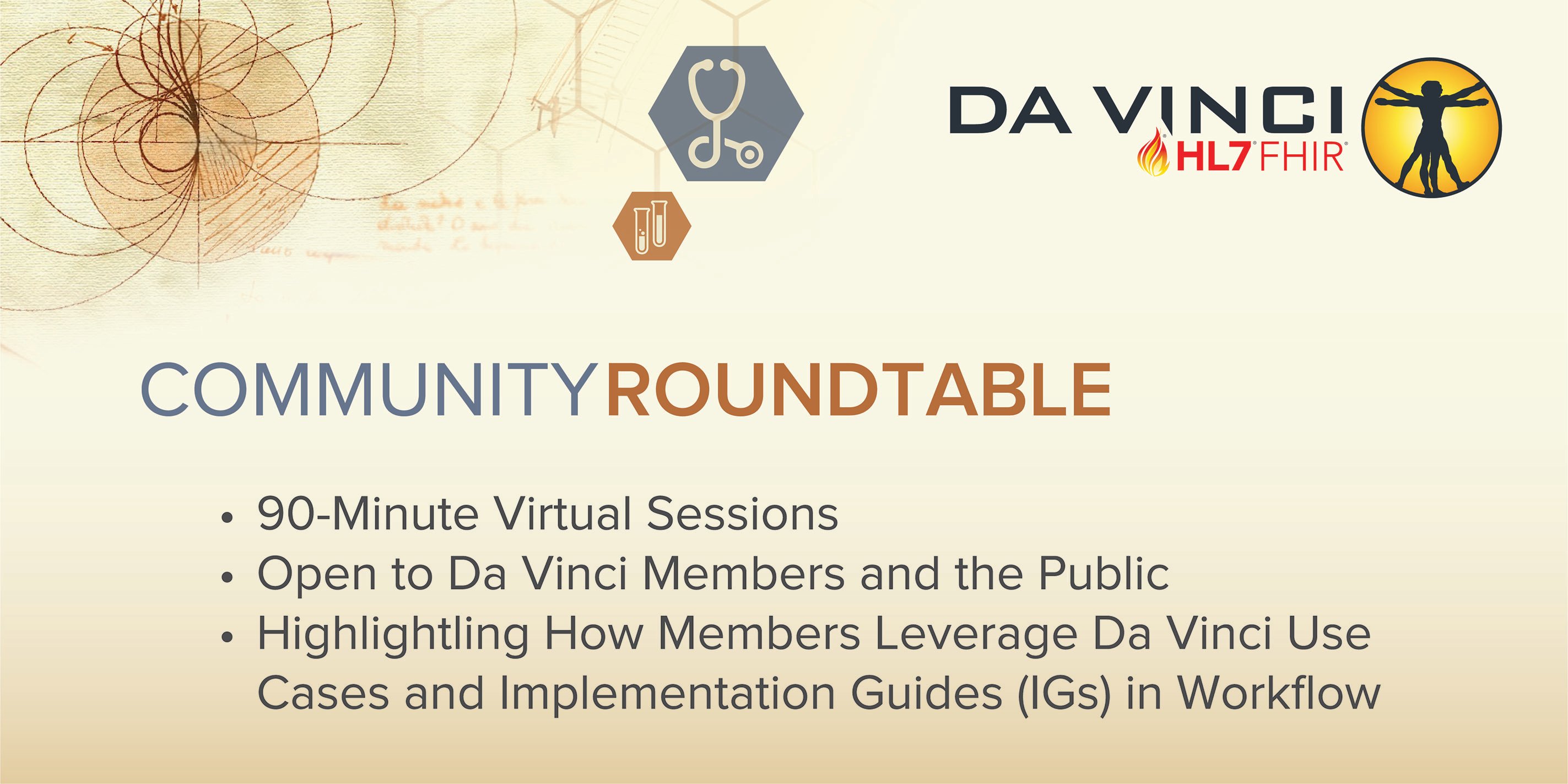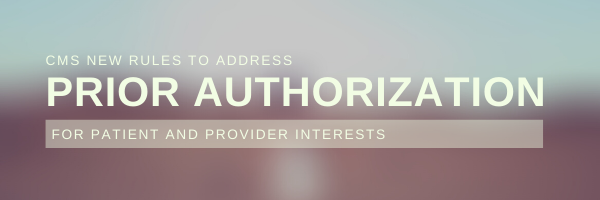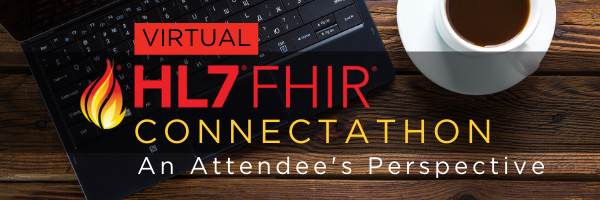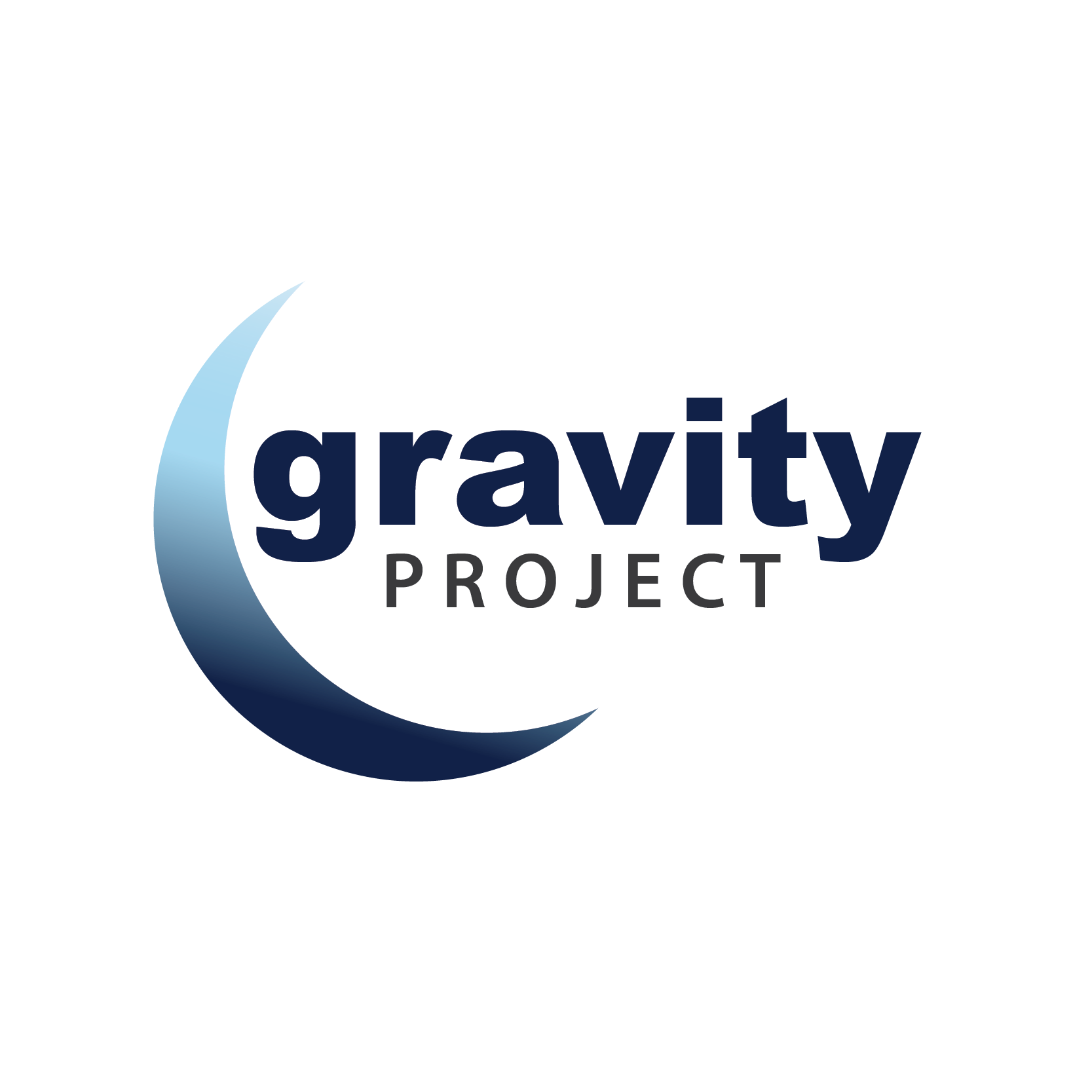Monthly Event is Scheduled for 4:00 to 5:30 p.m. ET on Wednesday, March 24, 2021
Advancing the use of HL7’s Fast Healthcare Interoperability Resources (FHIR®) takes both strong proponents advocating for the cause and pioneering organizations that lead the industry by putting concepts into practice.
Both aspects important to FHIR adoption will be on display at the March Community Roundtable of the Da Vinci Project, scheduled for Wednesday, March 24, from 4 to 5:30 p.m. ET. The roundtable has become a staple of the Da Vinci Project’s efforts to highlight successful deployments of its implementation guides, intended to help healthcare organizations manage value-based care initiatives.
MiHIN Shares Lessons Learned with Plan-Net
An example of a real-world implementation will be provided by the Michigan Health Information Network (MiHIN). A team from the organization will share lessons learned from its deployment of Plan-Net, the Payer Data Exchange (PDex)-Plan Network Directory Implementation Guide that focuses on Payer-Provider Directories. FHIR offers the potential to automate this typically manually intensive process for all parties, and MiHIN will describe its journey to putting the implementation guide into place to achieve this.






